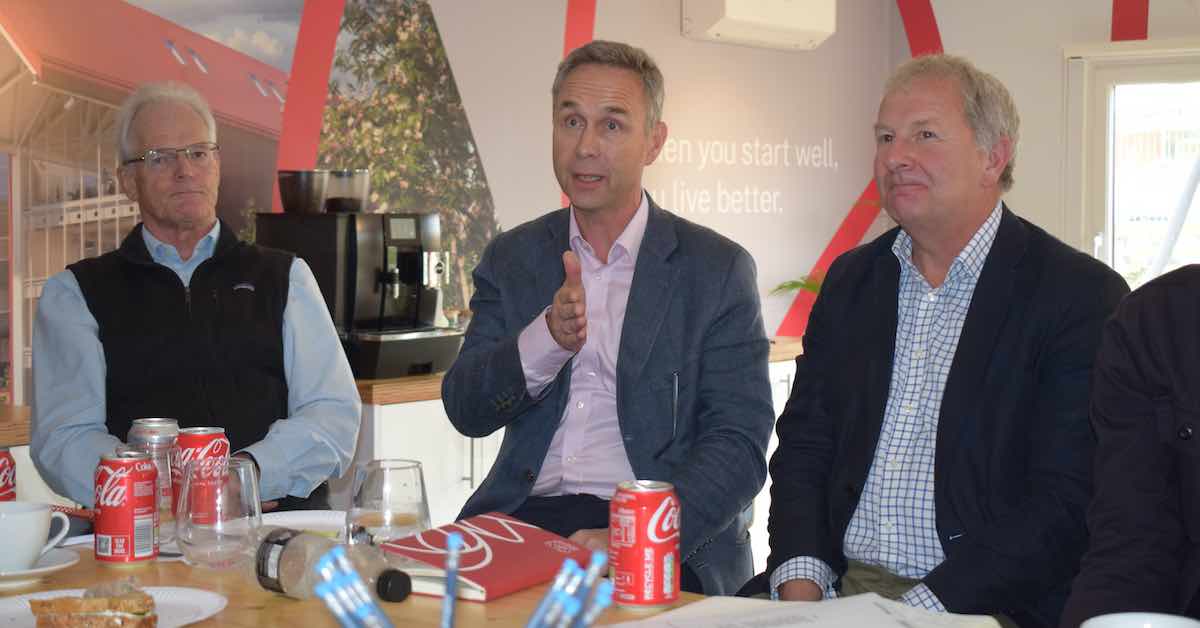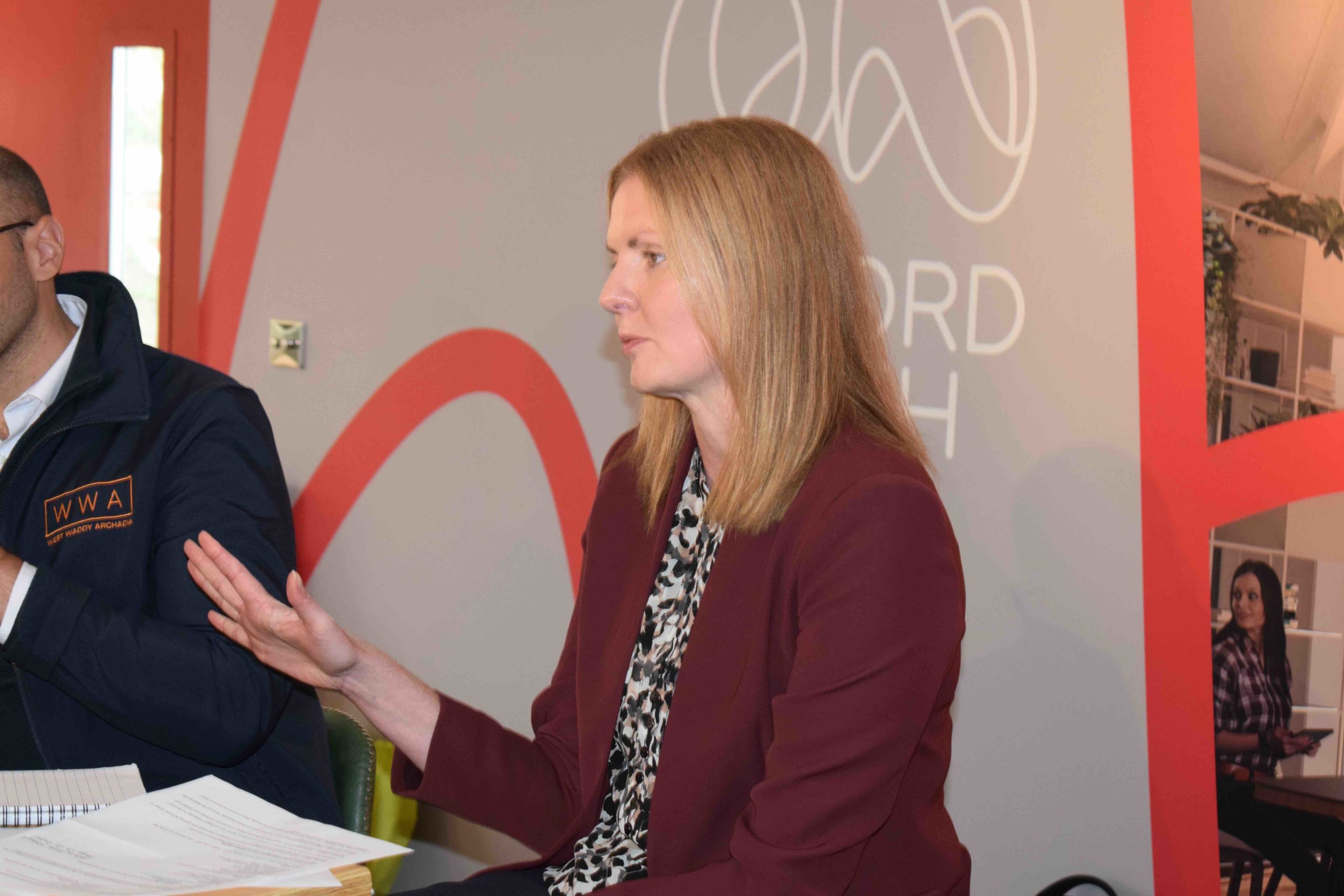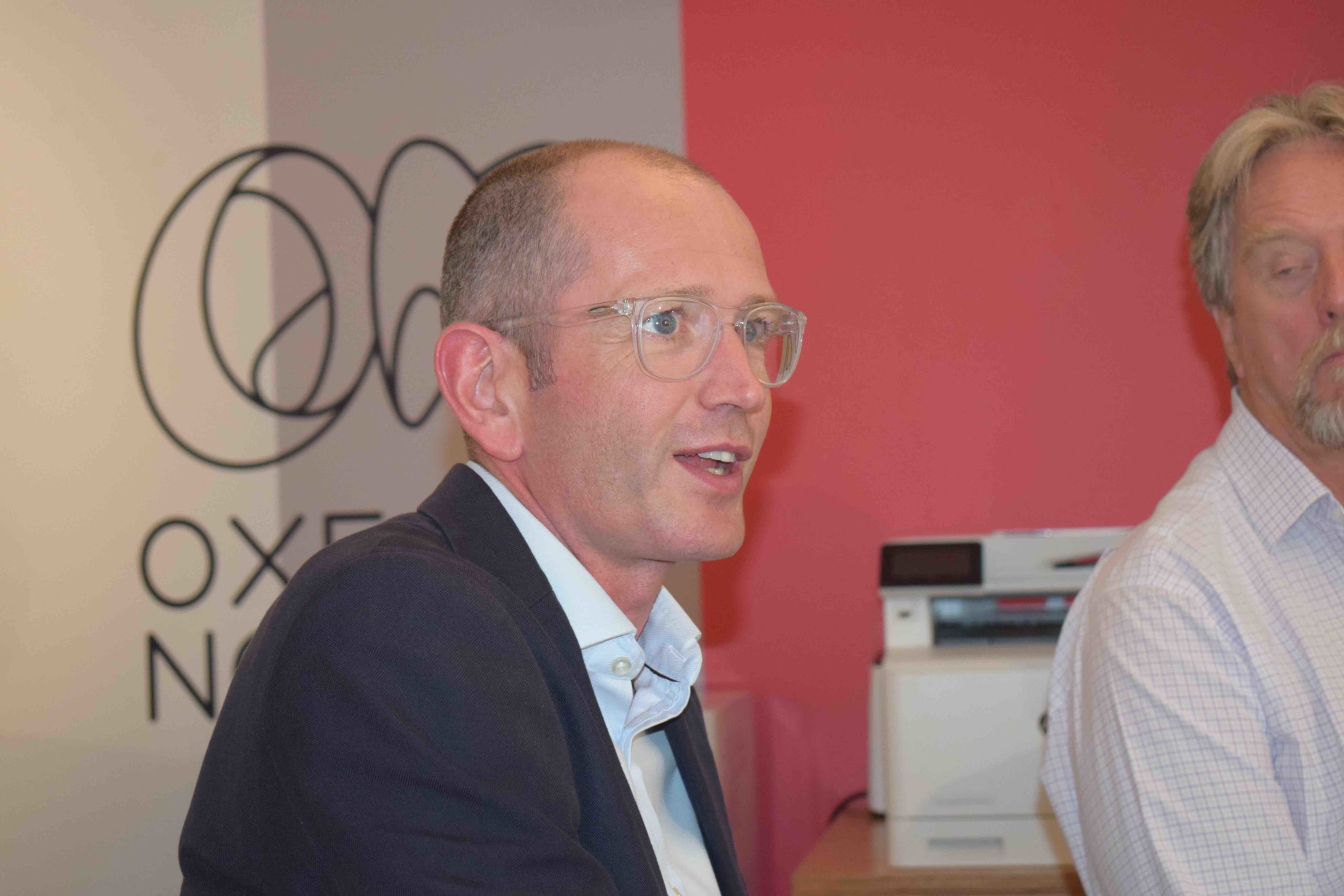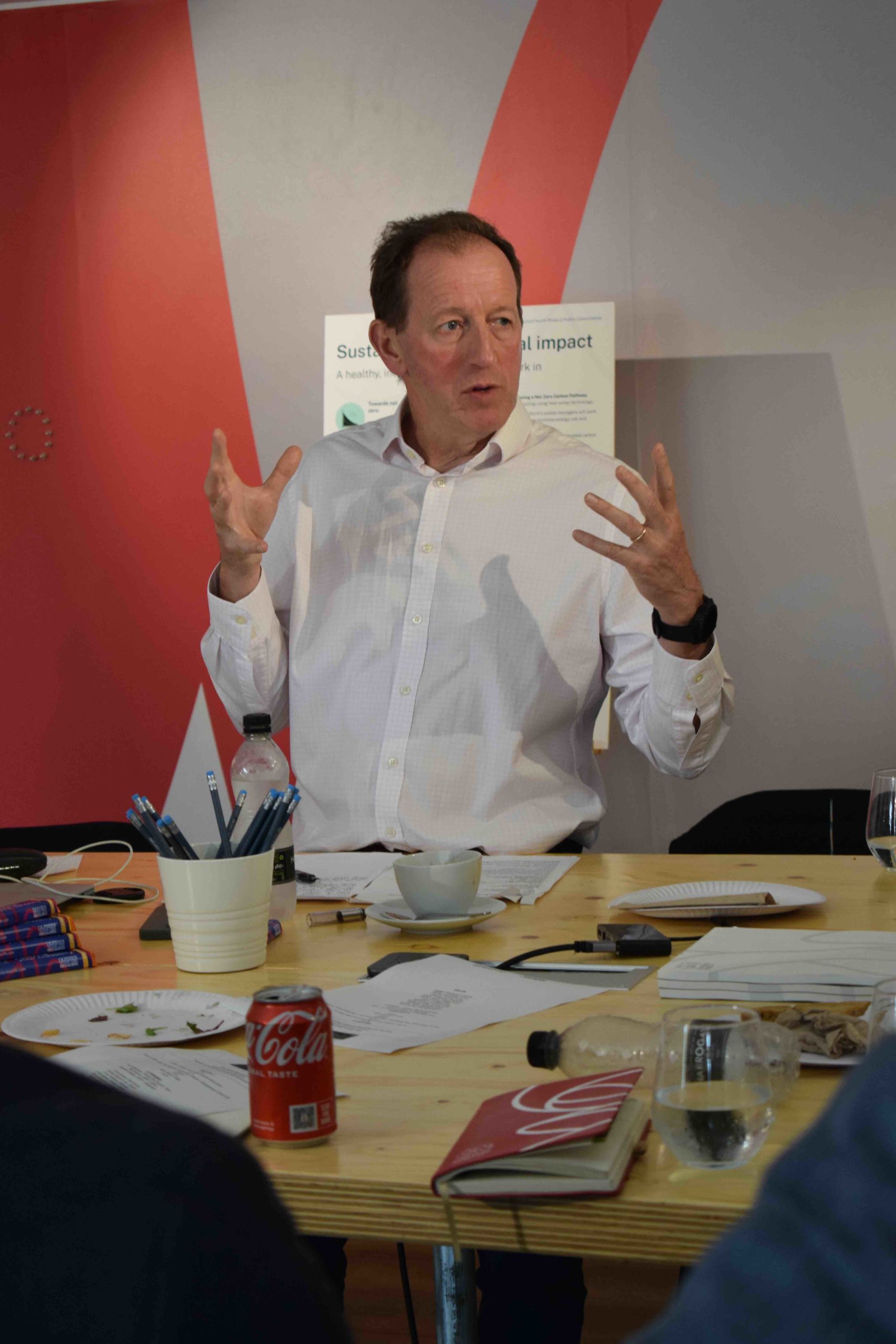Building heights, quality and density are causing headaches for the property world in Oxford.
A series of issues about tall buildings in the city were aired by our panel at the leadership lunch at Oxford North on September 28, which included representatives from major developments, planners and architects along with other consultants and experts in the city.
While there was agreement that heights in the city centre need to be restricted for heritage reasons, there was concern that those outside the city centre were too restrictive.
Jonathan Headland, urban design director for WWA Studios, said there needs to be consideration for building around the links between the heart of the city and satellite areas around it.
He said sites out of the centre have a freer hand but he argued they should be allowed more scope.
He said: “It’s right and proper that they should have different but similar considerations in relation to heights because you can only build it once from a real estate perspective.
“But to have one hand tied behind your back is such a missed opportunity when actually the impact they have, from my perspective at least, is much less intense.”
CBRE senior director Richard Venables said heights and densities should be addressed through the Local Plan and that could involve good developments within the centre.
But he added: “I think, for the outside of Oxford, for the ring road, a lot of the arguments put forward on height restrictions are completely flawed. I don’t know one tourist that’s looked out from the church spire at St Mary’s and said ‘I can’t see the hills because of BMW’.
“That’s just not a positive, growth-encouraging, open-for-business argument, but we need to do it through the planning process.”
DevComms director Paul Vicary said: “The council has a challenge because developers want to maximise the use of sites, get maximum floorplates and get maximum density. Flexibility has got to be key and we’ve got to continue to develop the city so we’ve still got a world class skyline in another 100 years or 200 years.”
That, he said, could include some high quality additions if they were done carefully but he added: “I don’t think we should be precluding a tall building just because it’s a tall building.”
There was a clear consensus that one tall building in Oxford lacked the necessary quality – Oxford University’s Department of Engineering.
Lichfields senior director Dan Lampard noticed it at OxPropFest in September. He said: “When I was at your event a couple of weeks ago, I remember standing in Keble quad looking round and there was a tall building in the background.
“It was awful. I said to my colleagues ‘this is what will happen if we get it wrong’.”
But he reported a knock-on effect of the low heights required in the city centre.
He said: “I did GCSE Geography and you expect tall buildings to be right in the middle of the city centre and Oxford may end up inverting that for good reasons – no doubt heritage.
“I think being open for business is a wider point and I remember back in 2016 when the housing allocation was being divvied up, the districts around Oxford were having a go at the leader of Oxford City Council, saying ‘you’re not ambitious enough and, because of your lack of ambition, we are having to concede green fields’.”
In addition, Mr Lampard reported the relief of some politicians in Oxfordshire when the news broke of billions in investment for homes in Cambridge during the Summer. Mission Street director Colin Brown reported the feeling in Cambridge when that news broke.
He said: “There were meetings convened on the Monday to say ‘Back off, this is not your train set, we are doing perfectly well encouraging this investment’. That was just a political bandwagon-jumping exercise.”
Heights are one of the most frequently-raised issues faced by Tom Bridgman’s team at Oxford City Council when a pre application process has failed.
He said a study into tall buildings in the centre talked of the need for elegant buildings but he added: “The issue we’ve found in Oxford is it’s quite difficult to get an elegant building that actually drives value.”
OxWED managing director Kevin Minns (pictured centre in top image) illustrated the attention to heritage in the city centre with the planning application for Oxpens. And he had another example of the lack of quality outside the city centre.
He said: “Our heritage assessment was 140,000 words – and quite rightly – but the problem is Oxford is let down by very poor quality taller buildings around it if you actually think about it.
“That monstrosity in Botley (Seacourt Tower) damages the credibility of tall buildings. Seacourt Tower, the Engineering Department building, we don’t want that. We want good quality to show people that it’s perfectly possible.”
Also debated at the round table were Oxford’s major developments and the city’s controversial transport measures.
Top image shows Kevin Minns (centre) with William Donger from Oxford North developer Thomas White Oxford (left) and Charles Rowton-Lee from Savills (right).
Image front of gallery below shows (l-r): Paul Vicary, director for DevComms; Richard Venables, senior director for CBRE; Matthew Battle, managing director for UK Property Forums; Jonathan Headland, urban design director for WWA Studios; Hugh Blaza, consultant for UK Property Forums; Charles Bushe, group commercial director for DevComms; William Donger, director for Thomas White Oxford; Charles Rowton-Lee, head of commercial agency and director for Savills Oxford; Dan Lampard, senior director and head of Thames Valley for Lichfields; Laura Fitzgerald, director for Motion; Huw Mellor, partner for Carter Jonas; Tom Bridgman, executive director development, Oxford City Council, Kevin Minns, managing director for OxWED and Colin Brown, director development for Mission Street.
© Thames Tap (powered by ukpropertyforums.com).
Sign up to receive our weekly free journal, The Forum here.


























